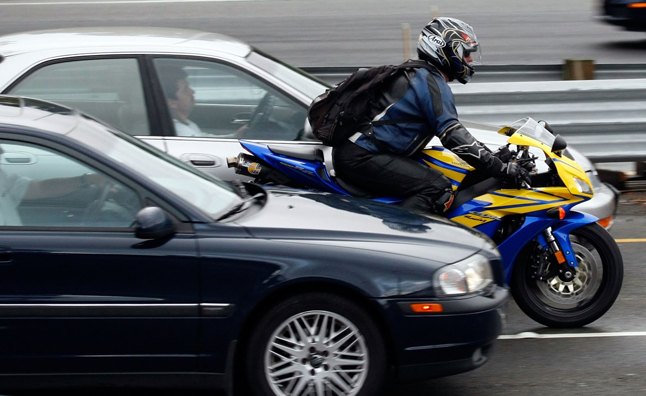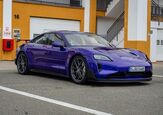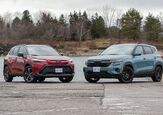Motorcycle Lane Splitting Gaining Acceptance: Study

Motorcycle lane-splitting is gaining acceptable according to a recent study.
Conducted each year since 2012, the Safe Transportation Research and Education Center at the University of California, Berkeley has released its most recent findings, which reports 80.6 percent of riders split lanes on freeways, 70.4 percent on non-freeways and 62.1 percent on both. But not only is the act becoming more frequent on roadways in California where it is legal, it is also safer according to recent statistics.
In 2012, 8.6 percent of riders reported they were hit by a vehicle on the freeway while the most recent study showed a decrease to 4.7 percent. Non-freeway motorcyclists saw the largest drop in lane-splitting accidents, dropping to just two percent this year from 7.4 percent in 2013 and 8.3 percent in 2012.
The rate of acceptance by drivers has also risen with 46.3 percent believing lane-splitting is legal on both freeways and non-freeways, up from 2013’s 36.6 percent. This year’s study surveyed a total of 1,660 people, broken down by 951 drivers and 709 riders across 35 cities in 12 counties around the Bay Area and Southern California.

Jason Siu began his career in automotive journalism in 2003 with Modified Magazine, a property previously held by VerticalScope. As the West Coast Editor, he played a pivotal role while also extending his expertise to Modified Luxury & Exotics and Modified Mustangs. Beyond his editorial work, Jason authored two notable Cartech books. His tenure at AutoGuide.com saw him immersed in the daily news cycle, yet his passion for hands-on evaluation led him to focus on testing and product reviews, offering well-rounded recommendations to AutoGuide readers. Currently, as the Content Director for VerticalScope, Jason spearheads the content strategy for an array of online publications, a role that has him at the helm of ensuring quality and consistency across the board.
More by Jason Siu
































Comments
Join the conversation